Most affected sectors of Ransomware
Ransomware has seen a greate increase since the last year. The attacks have been increased by about 400%.
Right now Ransomware is a good business for hackers, since hefty amounts are being paid from organizations who have failed to secure themselves from these attacks or develop a good Cyber Security strategy.
Backups are not enough.
They key to the solution is Cloud Backup and Unified Threat Management systems.
Lets see some of the industries that have been affected mostly
Government
- The attack on Baltimore left the city’s systems offline for over 3 weeks. By refusing to pay the ransom of $76,000, the city was forced to rebuild its digital systems. This left the city with a hefty $18.2 million estimate. Property transactions, tax, and water billing were all disrupted.
- A trio Florida Cities paid over $1.2 million collectively after ransomware hit Key Biscayne, Lake City, and Riviera Beach in June. In this instance, the governments affected all agreed to pay the ransomware. In the months since the attacks, US mayors have all agreed to not pay ransoms.
- This April, information boards and email were encrypted in an attack on Cleveland/John Hopkins Airport. Both the airport and the Mayor’s office were initially slow to give any details. The city claims to have managed the damage internally with conflicting reports that the FBI was involved.
Healthcare Providers
- On October 1st, 2019, DCH Regional Medical Center, Fayette Medical Center and Northport Medical Center were all infected with RYUK ransomware. The hospitals are all a part of the DCH Health System. All affected hospitals were reduced to using pen and paper records and were rerouting incoming ambulances and patients to other nearby hospitals for 10 days.
- PerCSoft, a cloud provider for dental offices, was hit with a ransomware attack that encrypted the patient information for 400 dentists’ offices.
Education
- Similar to the DCH Health System attack, the Rockville Center School District in Long Island, NY was infected with RYUK Ransomware this August. The school district paid close to $100k to have their information decrypted.
- Flagstaff United School District closed for two days following a ransomware attack in September. No details were released on the recovery from the incident.
- In July, Monroe College based in New York City fell victim to an unknown strain of ransomware. The hackers later requested $2 million dollars to decrypt the infected hardware.
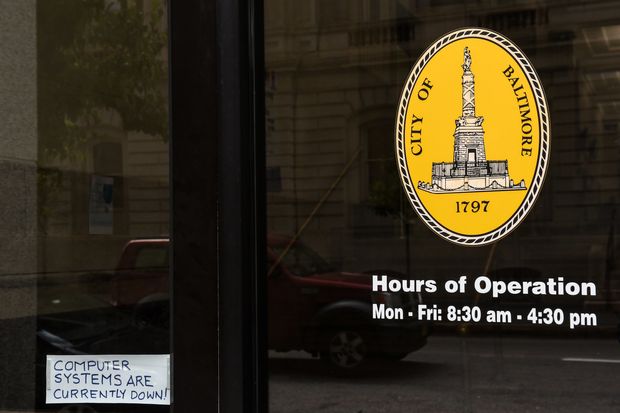
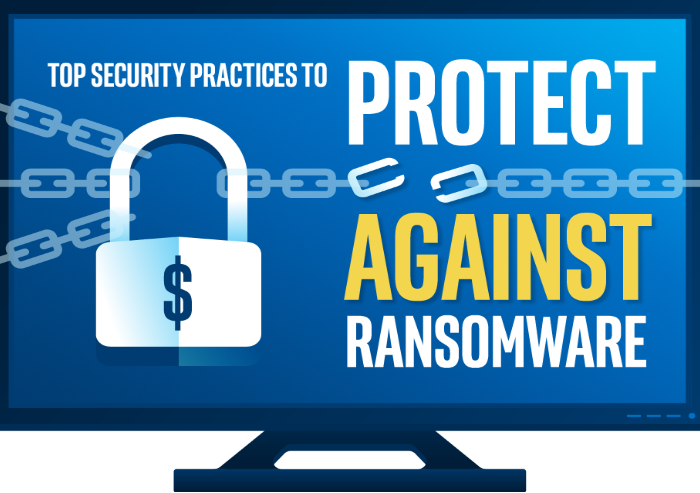
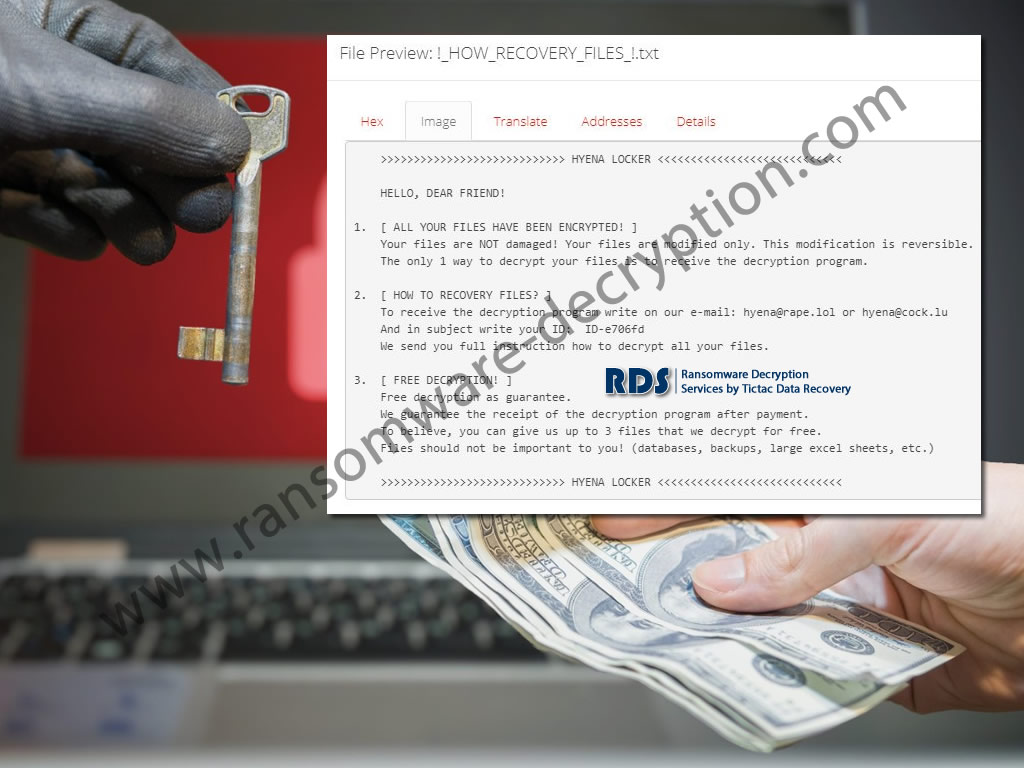
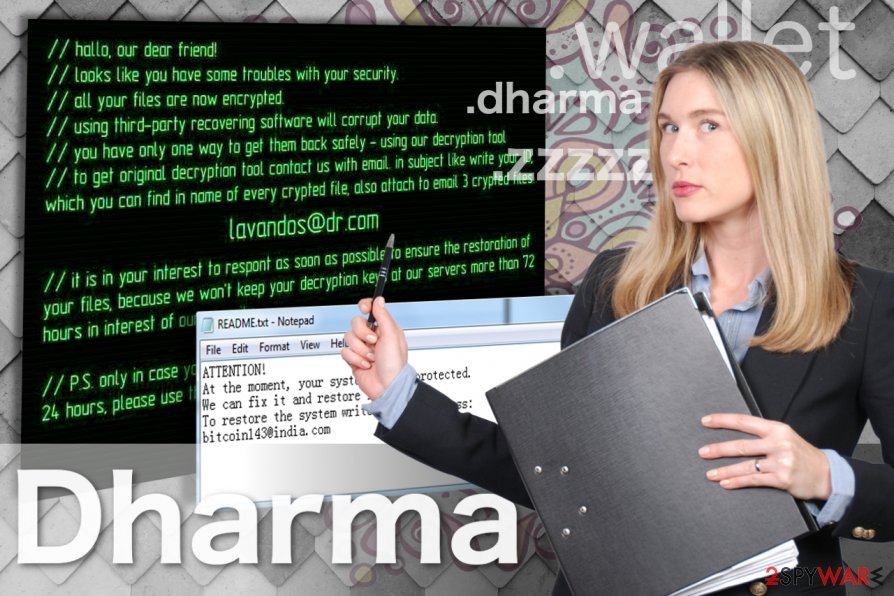
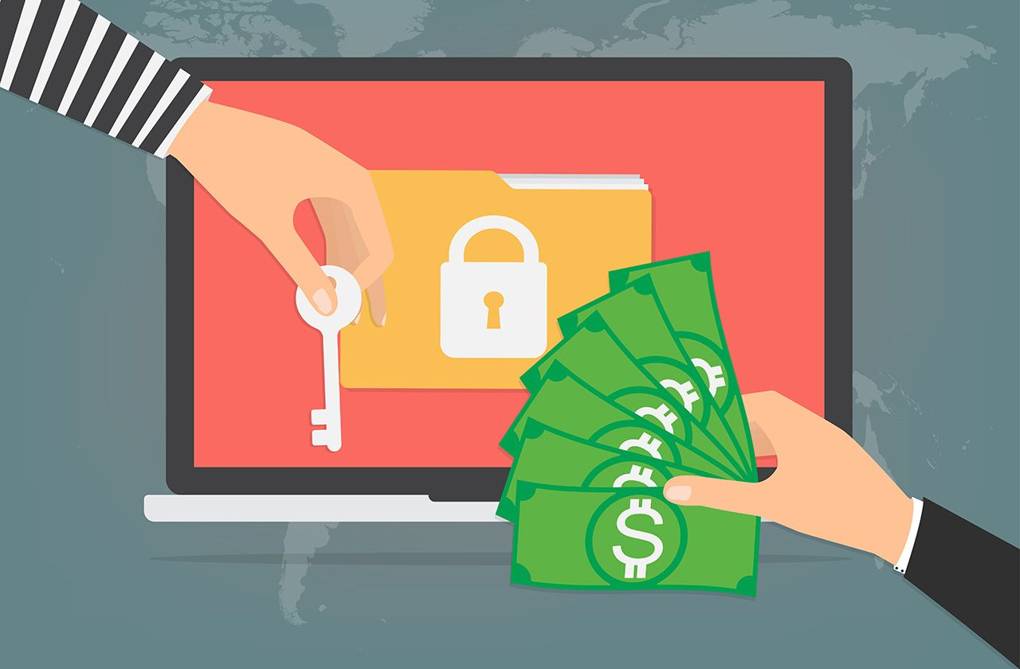
Recent Comments